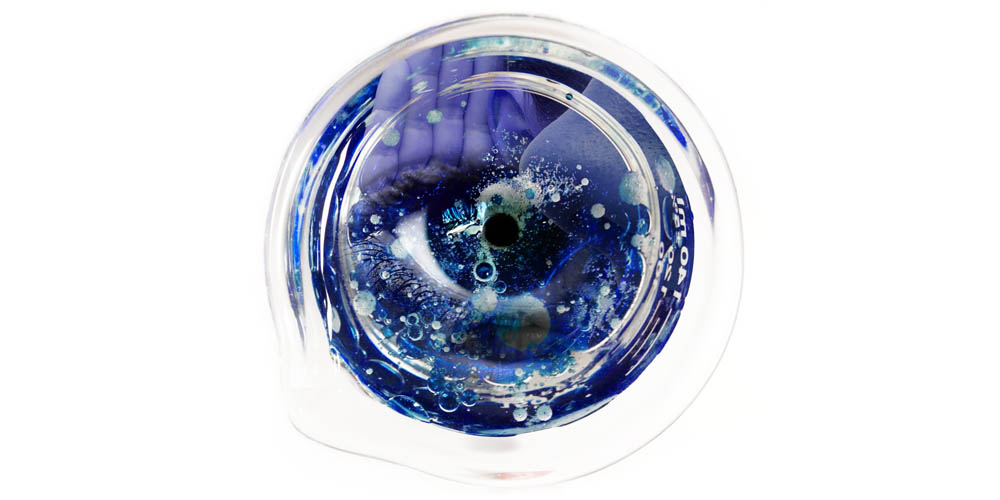The brick-and-mortar store as we know it is set to experience radical disruption. As part of this disruption, it’s likely that we will soon see the end of in-store promotions as we know them.
As Amazon blends online and physical shopping experiences, brands face the challenge of how to remain relevant in these reinvented spaces. Brands of all kinds need to find new ways to engage customers in and outside of physical store environments — especially Generations Y and Z, who increasingly interact with brands through smartphone screens, apps and voice-activated devices.
Retailers are under benevolent siege. Subscription services–for everything from meal kits to clothing–and food delivery upstarts are forcing them to rethink what the consumer wants and what to offer.
At the same time, innovations like Amazon Go, where shoppers pay automatically and leave without even reaching for their wallet or phone, are changing how consumers interact with brands when making a purchase. Additionally, as mobile wallet, NFC and VR-AR technologies give us walk in, walk out shopping, marketers must think beyond physical merchandising and on-pack promotions if they are to boost consumer loyalty.
Retailers are also phasing in frictionless card-based shopping and preparing for future cashierless stores. Firms like Grabango and AVA Retail are helping retailers optimize legacy inventory management and checkouts, delivering advances such as cash registers that automatically sense the contents of shoppers’ baskets, debit card payments authorized at store entrances and ‘scan-and-go’ shopping — without the big investments associated with cashierless operations.
As frictionless shopping becomes commonplace, brands need new forms of engagement to prosper — drawing on the consumer touchpoints being created as different online content, AI, mobile interactions and in-store technologies come together in today’s shopping experiences. There are a number of ways they can achieve this both in-store and in consumers’ homes.
First, AR and VR technologies extend brands’ ability to engage our senses because they open up much wider opportunities like exciting showroom effects and product animations. For example, one ice cream company’s music app soothes consumers with orchestral music lasting just enough time for the ice cream to be scooped perfectly from the tub.
And with the growing prevalence of sonic logos, brands and retailers in Europe have begun to test adding a brand’s audio signature to the ambient music playing in the store. Tests have shown increases in brand and category sales when a recognizable snippet of brand music is played.
These new touchpoints offer brands a myriad of customer engagement opportunities. In the future, marketers will develop brand strategies based on a distinct, audio- and visual based brand identity across different interactions: special ringtones for consumers’ digital wallets, VR displays and smartphones purchases-
Today’s brands will remain relevant by using the retail store as a staging point in brand engagement as a voice-activated, VR and sensory-based market takes over.
If such strategies seem a world away, researchers at Millward Brown estimated back in 2013 that sensory marketing can add up to $100 million to a global brand’s value. As branding opportunities in-store get stripped away, brands must turn to sensory and experiential alternatives to ensure their product is on the top of consumers’ minds when they are shopping.
Source: Marketing Insider: Brands Must Rethink In-Store Marketing As Consumers Shop in New Ways













